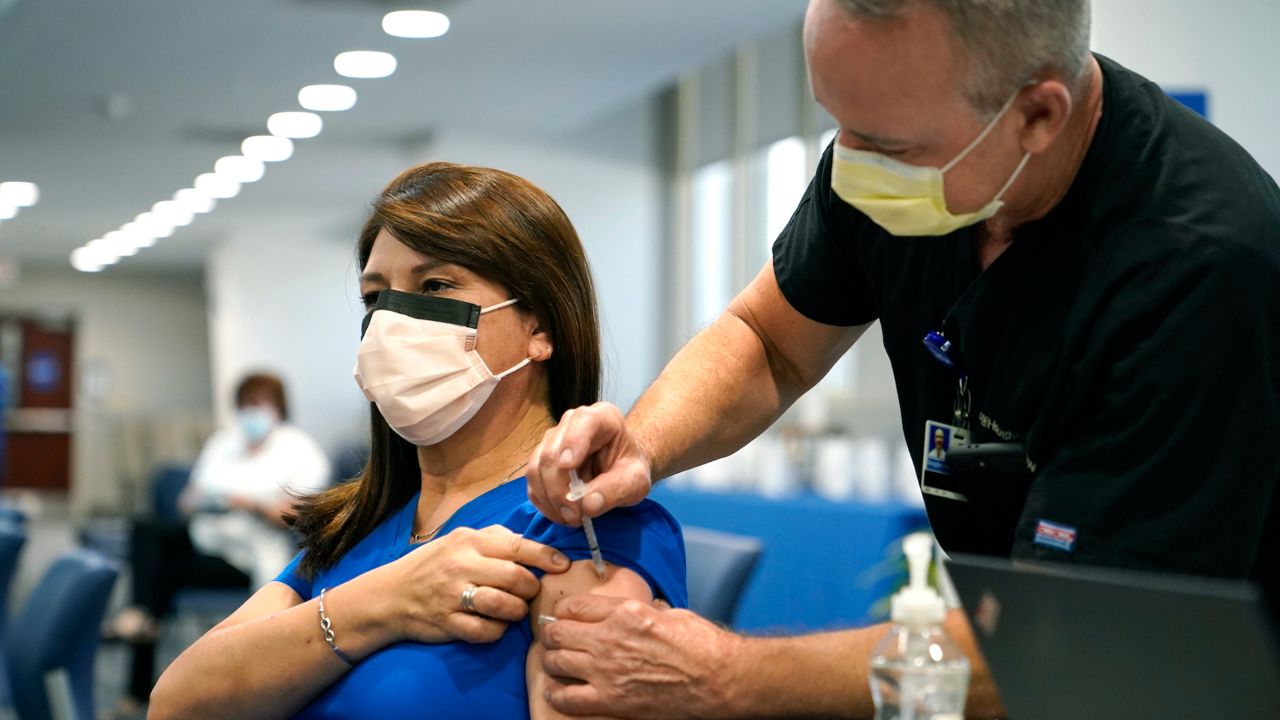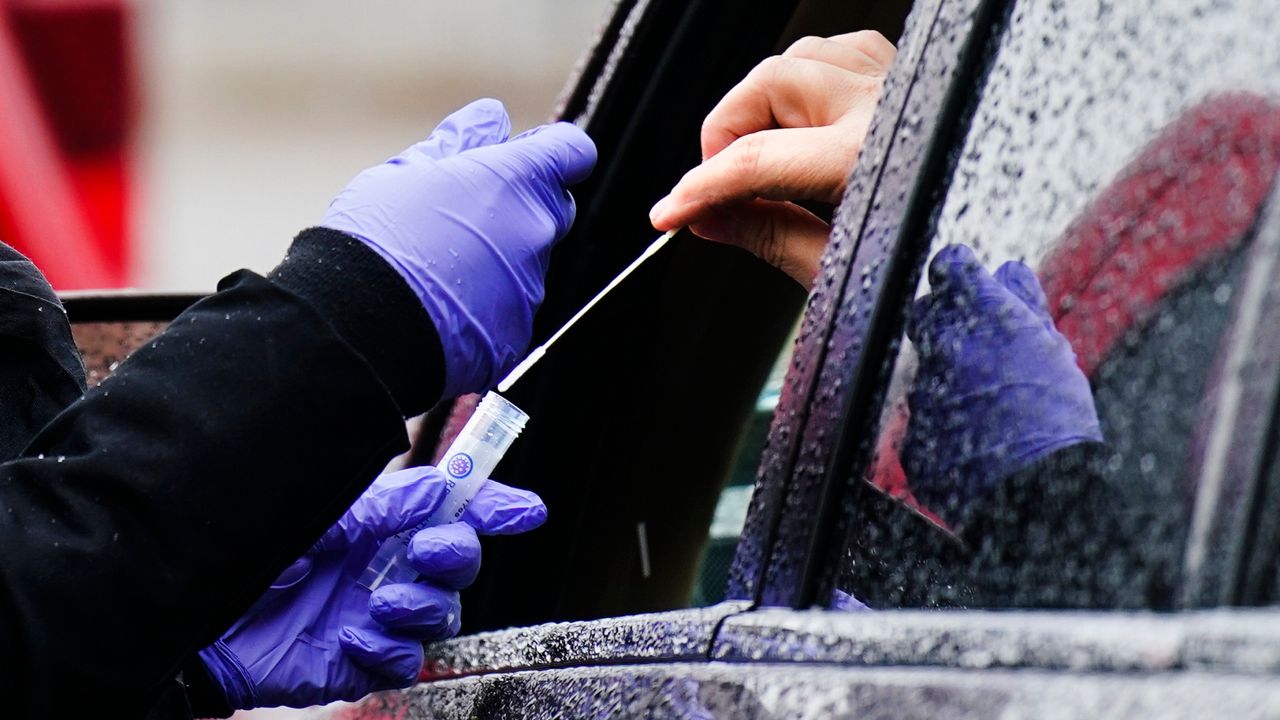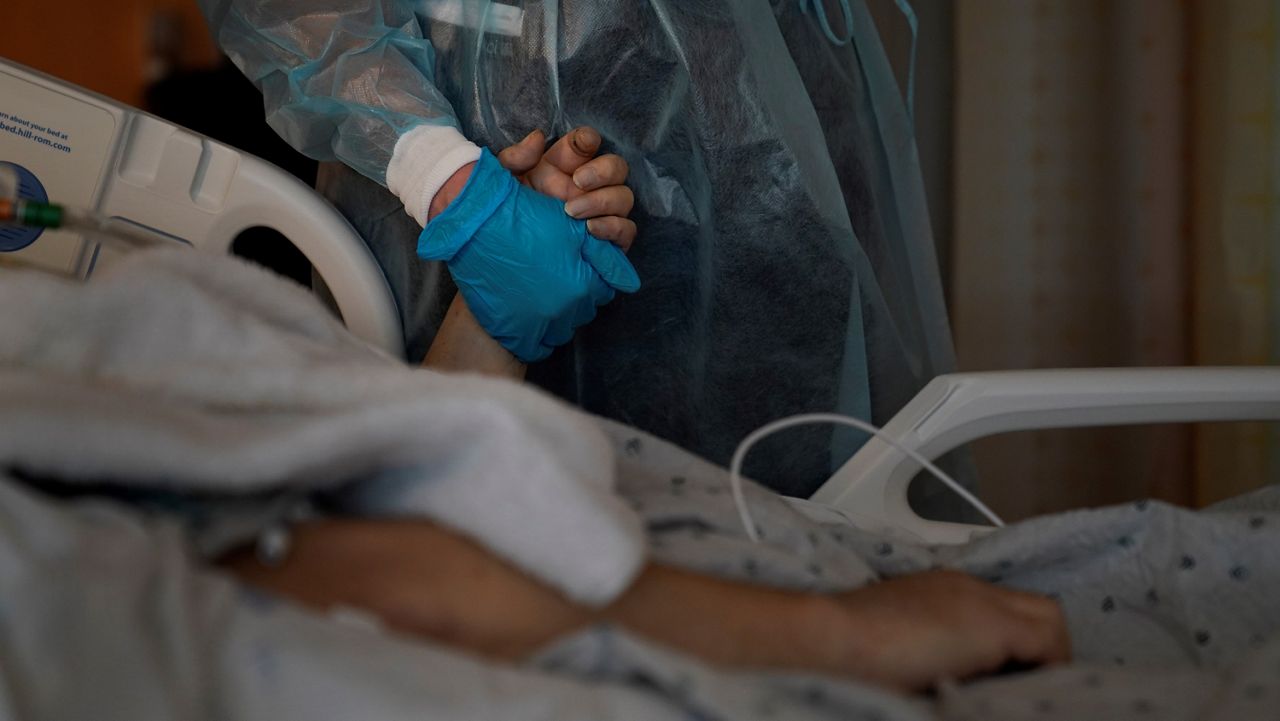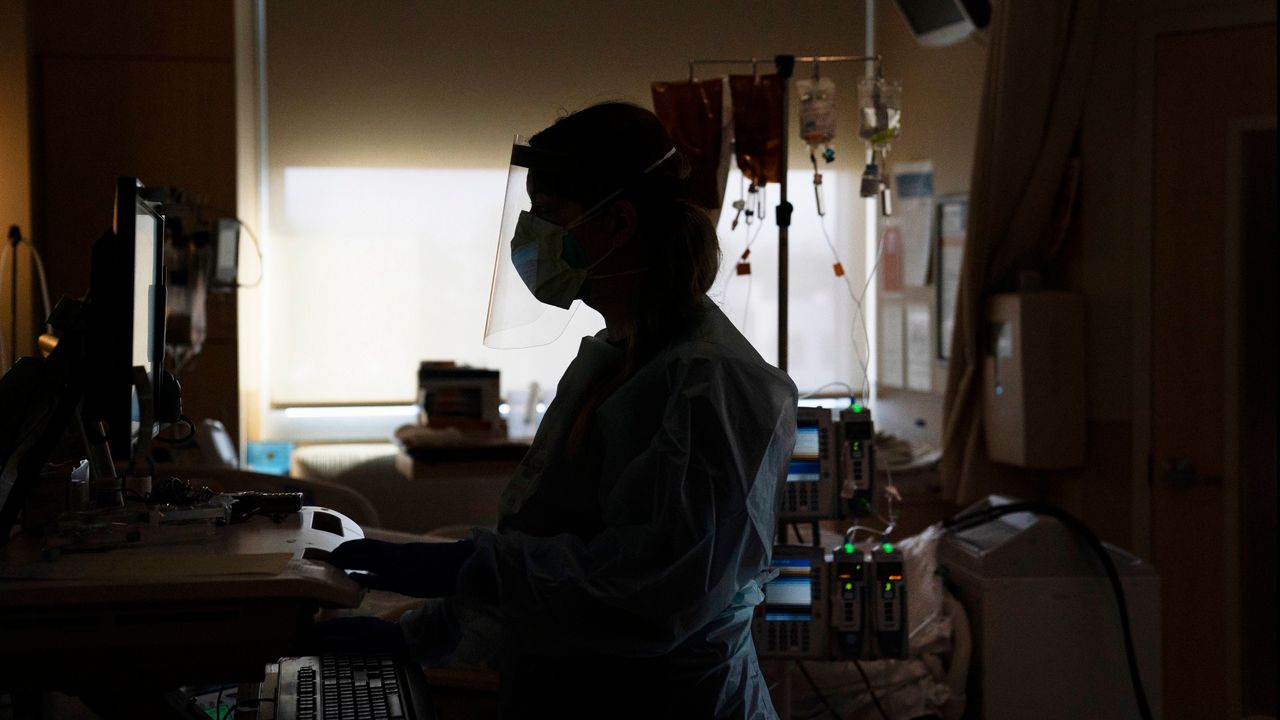MILWAUKEE — At the beginning of the COVID-19 vaccine rollout, health officials passed along a simple message: The best shot for you is whichever one you can get first.
Now, with booster shots added to the mix, that guidance has gotten a lot more complicated.
What You Need To Know
- Some high-risk Pfizer recipients — including older adults, people with health conditions and frontline workers — are approved to get their boosters now
- High-risk Moderna recipients could be added to the booster rollout, depending on CDC approval
- Everyone who got a Johnson & Johnson shot may be eligible for a second dose in the coming weeks
- The FDA says it's fine to let people "mix and match" their vaccine doses — which is safe and could give a bigger immune boost, some research shows
Millions of Americans have already rolled up their sleeves for a third shot of the Pfizer vaccine. And more boosters are now approved for some Moderna and Johnson & Johnson recipients — but not all of them.
Every vaccine brand is a little different. And now, each one has its own specific guidance when it comes to booster doses.
Here, we break down what you need to know about the status of all the boosters — and the science behind the decisions.
The process to get booster shots in arms has quite a few steps.
On the national level, both the FDA and the CDC work to set the rules for the booster rollout.
Every different vaccine brand has to go through each step in the approval process, to make sure their boosters are safe and effective. Pfizer’s was the first to make it to the last step — while Moderna and J&J just crossed the finish line.
The FDA’s advisory panel — a smaller group of experts that gives advice to the whole group — met last week and recommended Moderna and J&J boosters. On Wednesday, the full FDA announced it had authorized the Moderna and J&J boosters for some Americans, in line with the panel's advice.
The CDC has its own advisory panel, which met this week and also recommended the Moderna and J&J boosters. The full CDC used the panel's advice to create the final guidance about how boosters should go out in the U.S., which was released Thursday night.
Finally, in Wisconsin, the Department of Health Services will tell vaccinators in the state how to give out boosters, based on the federal guidance. The DHS had not released its guidance for the Moderna and J&J shots as of Friday.
Pfizer’s vaccine was the first to get the green light for booster shots.
The CDC made the final call last month to offer extra Pfizer doses to certain groups.
That includes people who are vulnerable to getting really sick from COVID-19 — like older adults, long-term care residents and those with underlying health conditions. It also covers those who are more likely to be exposed to the virus because of their jobs — like first responders, educators and grocery store employees.
Pfizer’s boosters are just a third shot of the same material. They have to be given at least six months after the first two doses, according to CDC guidance.
The decision to OK these boosters was based on evidence that the Pfizer vaccine’s protection wanes in the months after people get their shots.
While the vaccine still makes a big difference in keeping most people from getting really sick or dying from COVID-19, people — and especially older adults — become more vulnerable to breakthrough infections over time.
According to a CDC study, the Pfizer vaccine was 91% effective against hospitalization soon after people got their shots. But that rate fell to 77% effectiveness four months later.
And other research suggested that giving out booster shots was a safe way to increase protection against COVID-19. In Israel, where Pfizer boosters started going out early, older adults were almost 20 times less likely to get a severe COVID-19 case if they got a third dose, according to one study.
Moderna is looking to give its booster doses to the same limited groups who are approved for Pfizer boosters — older adults, those with underlying conditions and frontline workers.
The FDA and the CDC both authorized Moderna's boosters for those higher-risk groups this week.
The Moderna boosters come in a dose that’s half the size of the original shots. And, like the Pfizer boosters, they’ll likely be given at least six months after the first two doses.
In some research, the Moderna vaccine’s effectiveness seemed to hold up better over time. One CDC study found that the shots were still 92% effective against hospitalization four months out, compared to 93% effective right after vaccination.
Still, Moderna argued that an extra dose can help pump up antibody levels and protect against breakthrough infections. A study found that Moderna recipients saw their antibodies dip in the six months after vaccination, but a booster shot helped bring those antibody levels to an even higher point than before.
For Johnson & Johnson recipients, the booster rollout looks a little different. Instead of aiming for a smaller, high-risk group, federal guidance says that anyone who got J&J’s one-dose vaccine should be able to get another shot.
The timeline is much quicker, too: Instead of waiting six months, like with the mRNA vaccines, J&J recipients should be allowed to get a booster two months after their first dose, according to the CDC.
There’s not as much data to show whether J&J protection is waning over time. In the CDC study of how the vaccines held up, J&J was around 71% effective against hospitalization — which was lower than for the mRNA shots.
A Johnson & Johnson study last month found that a second dose made a big difference in the vaccine’s effectiveness. According to the clinical trial, a booster shot two months after the first dose meant 75% protection against symptoms and 100% protection against severe or critical cases across the world.
Some experts have said that adding a “booster” really just brings the J&J shot in line with the other vaccines, which require two doses and have higher efficacy rates.
“I think this, frankly, was always a two-dose vaccine,” Dr. Paul Offit of Children’s Hospital of Philadelphia said at the FDA committee meeting.
The FDA and CDC also announced this week that they would let Americans “mix and match” their booster doses. That means some people may choose to get an extra shot that’s different from their original series.
Before now, only people who got Pfizer for their first two shots were allowed to get a matching Pfizer boost.
But a recent study by the National Institutes of Health found that a mix-and-match approach — or “heterologous” boosting, to get technical — is safe and still provides a good boost. In some cases, using different vaccines might actually be helpful for the immune system, scientists found.
The study tested every possible combination of Moderna, Pfizer and J&J boosters. Researchers found that mixing vaccine brands led to higher antibody counts for many people — especially those who got the J&J shot as their original dose.
A J&J original dose plus a J&J boost still led to a four-fold increase in antibody levels, the study found. But a J&J dose plus a Pfizer boost led to a 35-fold jump in antibodies. And J&J plus a Moderna boost was even higher, with a 76-fold increase in antibodies.
For people who started off with a Pfizer or Moderna series, mixing things up with a different booster didn’t make as big of a difference.
Some health experts said that being more flexible with mixing doses could make the booster rollout easier.
“From a public health perspective, there’s a clear need in some situations for individuals to receive a different vaccine,” CDC official Dr. Amanda Cohn said at the FDA’s advisory meeting.









